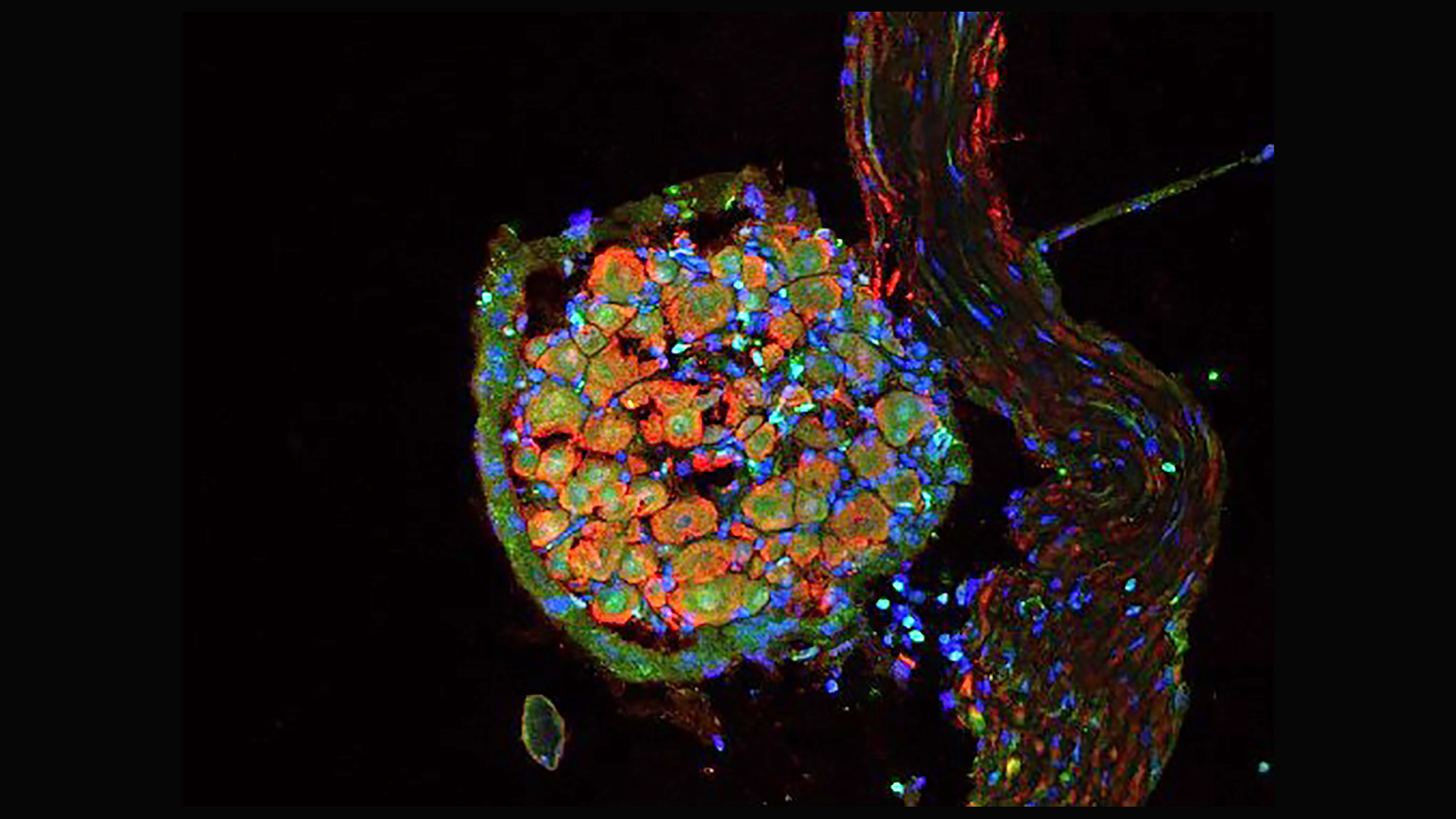Neuropathic pain is not due to the presence of a specific painful stimulus, but the result of an injury to the nerve structures. It can be severe and disabling and there is no effective treatment.
The Neuropharmacology-NeuroPhar Laboratory led by Rafael Maldonado in the Department of Experimental and Health Sciences, Pompeu Fabra University (DCEXS-UPF) has studied how the cannabinoid system, on which the derivatives of the Cannabis sativa plant act, could help.
Type 2 cannabinoids (CB2) receptors – present primarily in cells from the immune system – are known to be potential analgesics that do not produce psychoactive effects. The scientific team has used genetically modified mouse models, which have had their CB2 receptors suppressed in different cell types, to check which cells are involved in this process. Thus, they have been able to show how the activation of CB2 receptors in lymphocytes and neurons is essential to alleviate neuropathic pain.
David Cabañero, the first author of the article, points out, however, that “the activation of a cannabinoid receptor by a drug is very different from the use of the cannabis plant.”
Cabañero et al. Protective role of neuronal and lymphoid cannabinoid CB2 receptors in neuropathic pain. eLife, July 2020. DOI: 10.7554/eLife.5558






